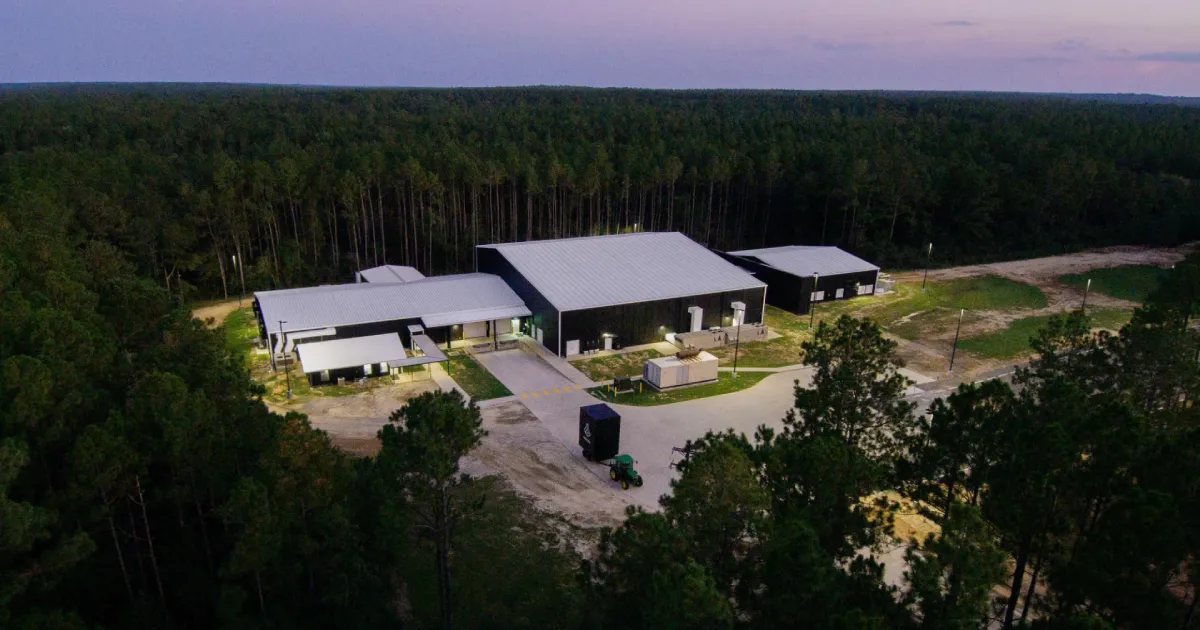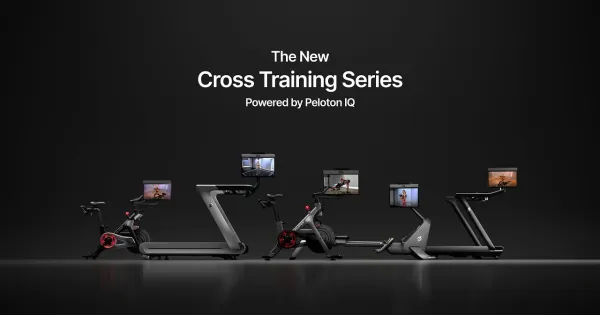Anduril opens rocket motor factory amid chemical chokepoint

Anduril Industries has officially switched on its high-volume solid rocket motor (SRM) factory in Mississippi, aiming to meet surging U.S. demand for space and defense missions — and break a decades-long duopoly in the SRM market.
By the end of 2026, the facility will have the capacity to produce 6,000 tactical motors annually, enough to make Anduril the nation’s “third” major SRM supplier alongside Northrop Grumman and L3Harris’ Aerojet Rocketdyne. More than 700 motors have already passed static test firing, with applications ranging from missile interceptors to deep-space probes.
The expansion comes as global geopolitical tensions — from the war in Ukraine to rising friction in the South China Sea — drive the U.S. Defense Department to accelerate weapons procurement. Several startups, including Ursa Major and X-Bow Systems, have received millions in federal funding to push from prototype to commercial production.
A Hidden Bottleneck: Ammonium Perchlorate
But as new SRM makers emerge, a critical supply chain vulnerability looms: ammonium perchlorate (AP), the powerful oxidizer essential for SRM propellant. Currently, just one qualified producer exists in the U.S. — American Pacific (AMPAC) in Utah.
Northrop Grumman has invested more than $100 million to stand up its own AP line, but scaling production to meet military certification standards has proven slow. Anduril, like other SRM suppliers, is acutely aware of the risks of relying on a single source — from industrial accidents to production delays — and says restoring a second supplier is vital.
Jerry McGinn, a former senior industrial base official at the Pentagon, explained that AP production was consolidated in the 1990s as SRM demand plummeted. The Defense Department backed a “merger-to-monopoly” strategy, preferring one healthy supplier over two struggling ones dependent on subsidies. Today, however, demand is back, and the single-source model is showing its weaknesses.
“Capacity is never the issue,” McGinn noted. “It’s just enough orders and lead time to create the fuel.”
AMPAC Races to Expand — and the Pentagon Warns of ‘Lead Time Tyranny’
In April, AMPAC’s parent company announced a $100 million investment to boost AP production capacity by 50% through a new line slated for completion next year. The timeline is aggressive, and any delay could exacerbate the bottleneck.
Pentagon acquisition chief Bill LaPlante has cautioned against the military’s historic “feast-or-famine” procurement cycles, warning that industry won’t build capacity “at risk” without firm, multi-year purchase commitments.
Even companies pushing the manufacturing envelope — like Ursa Major, which uses additive manufacturing to speed production — cannot sidestep AP dependency.
McGinn believes that if Washington can fund SRM prototyping, it should also prototype AP production with alternative suppliers. “If developing a second source is imperative, then the government should focus on that… by doing prototype efforts with other companies to develop another source of AP,” he said.
A New Era, With Old Constraints
Anduril’s Mississippi plant signals a seismic shift in an industry long dominated by two giants. But as the U.S. retools its rocket motor supply chain, the AP bottleneck stands as a reminder that even the most advanced manufacturing breakthroughs still depend on a small number of critical, and potentially fragile, industrial links.
If the Pentagon succeeds in cultivating a second AP supplier, the U.S. could enter a new era of SRM production resilience. Until then, the race to meet America’s defense and space ambitions will run on a very tight leash.





